

Vol. 38 (Nº 46) Year 2017. Page 35
Aidar BAIKIN 1; Urpash SHALBOLOVA 2; Liman KAZBEKOVA 3
Received: 30/08/2017 • Approved: 05/09/2017
4. Analysis of SMB diversification in the Kostanay region of the Republic of Kazakhstan
ABSTRACT: This paper proves the necessity of diversification and development of the entrepreneurial sphere with the aim of sustainable economic growth. The theoretical provisions of diversification of all spheres of entrepreneurship in the Republic of Kazakhstan are justified. With the help of statistical data, the current situation of entrepreneurship in the country is analyzed. The regional aspects of business diversification are considered by the example of the Kostanay region of the Republic of Kazakhstan. |
RESUMEN: Este trabajo demuestra la necesidad de diversificar y desarrollar el ámbito empresarial con el objetivo de un crecimiento económico sostenible. Se justifican las disposiciones teóricas de diversificación de todas las esferas del emprendimiento en la República de Kazajstán. Con la ayuda de datos estadísticos, se analiza la situación actual del emprendimiento en el país. Los aspectos regionales de la diversificación empresarial son considerados por el ejemplo de la región Kostanay de la República de Kazajstán. |
One of the most significant strategic factors to achieve sustainable economic development and an adequate level of livelihood of the population is the formation of civilized modern entrepreneurship in the economic space of Kazakhstan. To enter the world economy and the world market as an equal partner, it is necessary to form an entrepreneurial type of reproduction in the country. The process of creating an entrepreneurial type of reproduction is not possible in isolation from the world economy, since the present level of productive forces is such that one cannot be competitive in all branches and spheres of production. There is a need to reasonably choose a niche in the world market, using the advantage in providing those basic and developed factors of production, which Kazakhstan currently has at its disposal. The Republic of Kazakhstan has rich basic factors – natural resources, but it is not enough for competitiveness in the world market. In order to have national production costs lower than the world ones, the country needs to economize the consumption of nature, which requires the presence of a special productive force of entrepreneurs and its implementation in activities.
The authors have analysed different sources in this word. The problems of business diversification are the subject of ongoing research. There were examined works of specialist in the field of entrepreneurship: Kayshanova, A.Zh. (2008), Ziyadin, S.T. (2014), Bogomolova, I.P. and Kolesova, E.Yu. (2007), Dobryanskaya, N.A. and Popovich, V.V. (2013), Ivashchenko, N.P. (2017), Shalbolova, U.Z., Makhnitskaya E.I. and Yelpanova, M.A. (2012). Also were analyzed the main documents in this sphere.
Entrepreneurship has become a real strategic resource, which will be one of the main factors to get out of the deep economic crisis, take the path of sustainable economic development and enter the world economy as an equal subject of world market relations. Entrepreneurial income is the most important internal source of economic development, thus entrepreneurs are the productive force that turns into a strategic factor in the development of the national economy.
In developed countries, small and medium business is valuable, above all, for its innovation and risky nature of activities. Small firms in these countries play a role in the development of high technology (‘high-tech’) industries as well as in the rapid development of innovations.
Thus, entrepreneurship is a special system of economy management based on a specific risky and innovation activity that can cover reproduction as a whole, or a specific aspect of reproduction, exchange, distribution, consumption with the aim of obtaining entrepreneurial income (Ivashchenko, 2017).
In the context of transformation of Kazakhstan’s economy during the period of “perestroika” and reforms, small business played a very important, to a certain extent, strategic role in the creation of a new regional and local economy. The established territorial specialization of small business allowed it to supplement the "big" economy and form a relatively integral, complex structure of the economy of regions, cities and rural areas (Shalbolova, Makhnitskaya & Yelpanova, 2012).
Small enterprises and small business as a whole took a niche of economic activity that is maximally focused on regional and local needs. They feel most confident in the production of goods and services, which in the Soviet period were in the economic and social shadow of a large industry. In the regions of Kazakhstan, small business is more than 80% oriented to intraregional markets, and even with respect to the manufacturing industry its intraregional orientation is more than 70%.
The need to deepen the economic reform and stabilize the economy determines the wide participation of the population in business activities. Small and medium business (SMB) is one of the characteristic indicators and levers for the growth of the market economy, thus the study of the state of financial and economic activities of this sector of the regional economy is called to even more clearly identify the problems of the region’s economic development and establish priority directions for economic growth.
According to the Committee on Statistics of the Republic of Kazakhstan, as of January 1, 2017, the number of active subjects of small and medium businesses amounted to 1,289,683, including legal entities – 178,576 (13.8% of the total number), sole entrepreneurs – 930,077 (72.2%) and peasant (farm) households – 181,030 (14.0%) (data from Ministry of National Economy of the Republic of Kazakhstan).
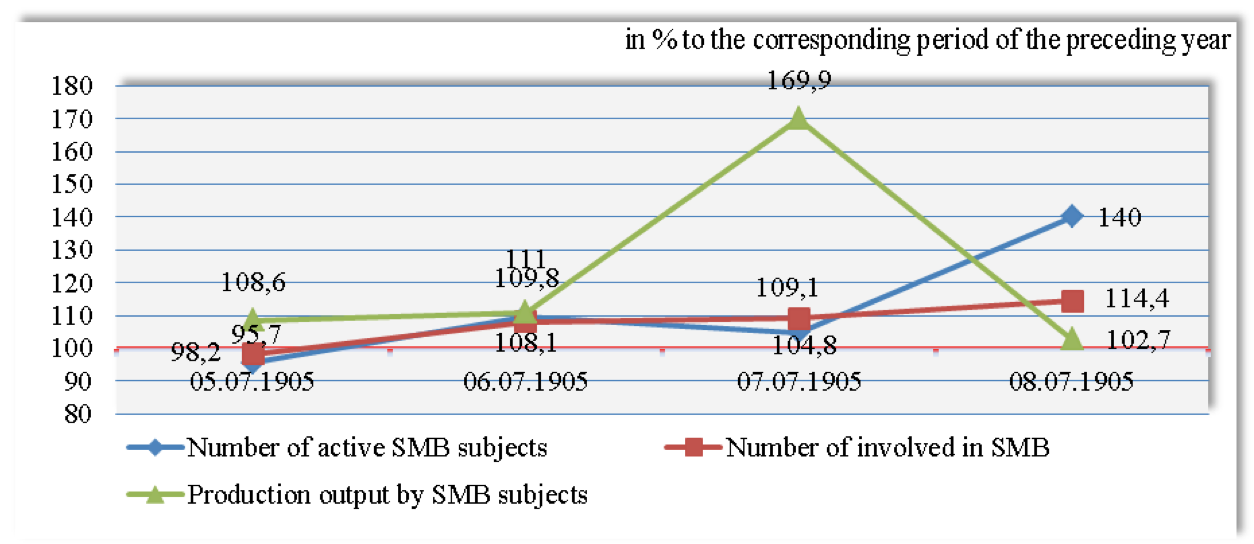
Figure 1. Changes in key performance indicators of SMB subjects in the Republic of Kazakhstan
The number of active small and medium businesses in Kazakhstan in 2016 relative to 2015 increased by 42% and amounted to 1,289,683 units.
According to the Tax Committee of the Ministry of Finance of the Republic of Kazakhstan, the largest number of active sole entrepreneurs is concentrated in the city of Almaty – 128,714, the Almaty region – 105,719 and the South-Kazakhstan region – 103,807, the lowest figures are registered in the North-Kazakhstan region – 27,589 and the West-Kazakhstan region – 30,899. In the Kostanay region, this indicator amounted to 49,607 units, which is 32% more than last year, making up 5.3% of the total number of sole entrepreneurs in the country (data from Tax Committee of the Ministry of the Republic of Kazakhstan).
Almost all regions of the Republic of Kazakhstan saw an increase in the number of active SMBs in 2016. The highest rates were recorded in Almaty and the South-Kazakhstan region, 185,150 and 184,889 respectively. The Almaty region (157,809) can also be included in the number of record holders. The lowest number was observed in North-Kazakhstan (34,333), West-Kazakhstan (39,598), Kyzylorda (41,651) and Pavlodar regions (44,343).
As of January 1, 2017, there were 60,368 small and medium business subjects operating in the Kostanay region, which is 31% more than in 2015. 6,042 of them are small and medium enterprises that have the status of a legal entity, which is 64.9% more than in 2015 (Figure 2). Thus, the increase in the number of SMBs in 2016 can undoubtedly be considered a record for the analyzed three years (data from Economy and Budget Planning Administration of the Akimat of Kostanay region).
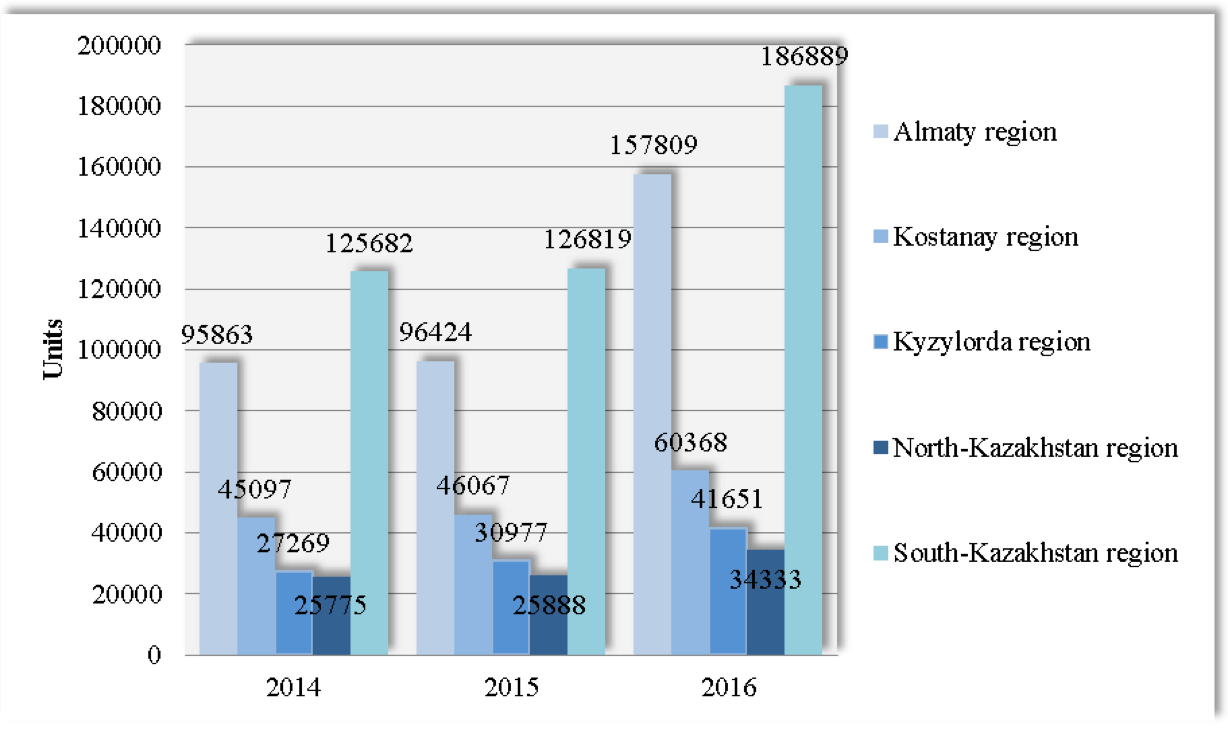
Figure 2. Changes in the number of active SMB subjects
The number of people actively employed in SMBs for the analyzed period in the Kostanay region is moderately changing: in 2014 this indicator was 136,646 people, in 2015 – it increased by 6,090 people, or by 8.1%. In 2016 the number of employees in SMBs was 172,114 people, which is 16.6% more compared to the previous year, including 51,211 people in small businesses, which is 21.5% more than in 2014 (Figure 3).
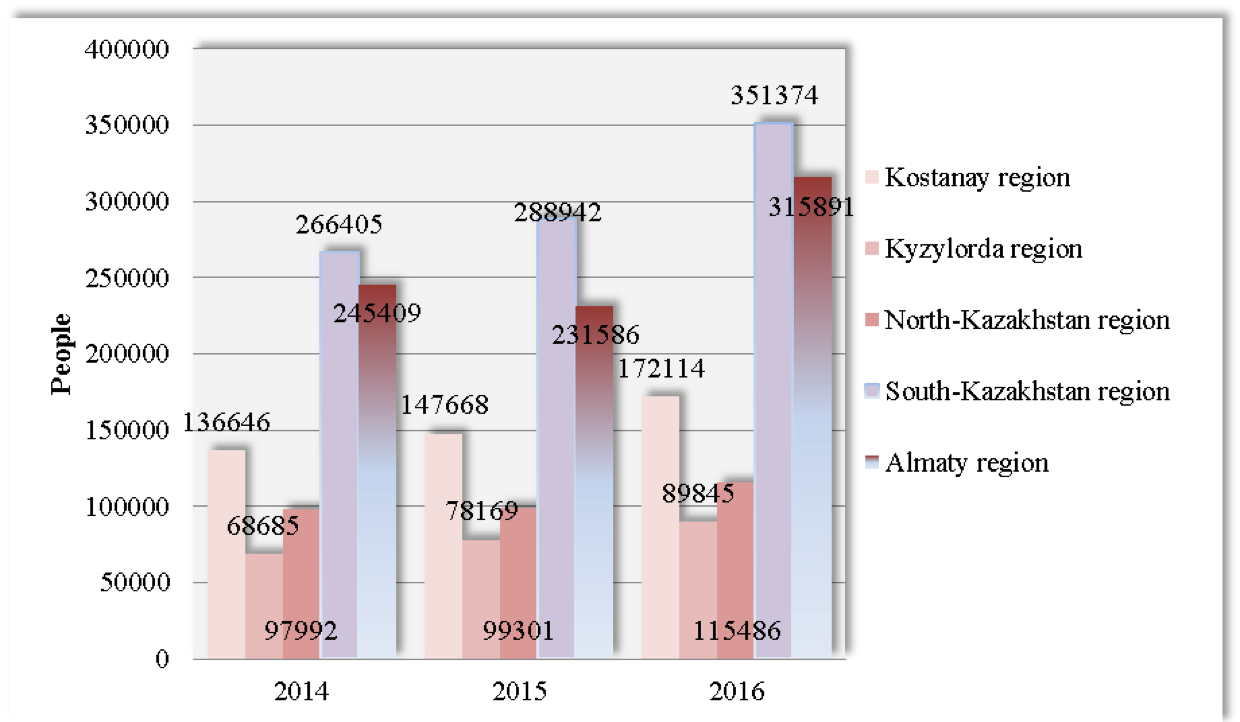
Figure 3. Changes in the number of people employed in SMBs
In Kazakhstan, the number of people employed in SMBs as of January 1, 2017 increased by 19.2% compared to the same period of the previous year and amounted to 3,349.6 thousand people, including small businesses – 1,166.7 (34.9%), medium businesses – 366.4 (10.9%), sole entrepreneurs – 1,514.9 (45.2%) and peasant (farm) households – 301.6 (9.0%) (data from "Entrepreneurship Development Fund "DAMU").
The highest numbers of people actively employed in SMBs belong to the city of Almaty and the South-Kazakhstan region, with 584.7 thousand people and 3,343 thousand people, respectively, the lowest – to Kyzylorda (86.3 thousand people), Mangistau (106.5 thousand people), West-Kazakhstan (108.1 thousand people) and North-Kazakhstan (109.9 thousand people) regions.
The generally accepted criterion for the development of small and medium businesses is the density of SMBs, calculated as the number of business entities per 1,000 inhabitants. For example, in the Kostanay region, the entrepreneurial activity of the population in 2016 increased by 2.8 entities in comparison with 2015 and amounted to 51.5 operating SMB subjects per 1,000 inhabitants, including 2.9 small and medium enterprises, 43 sole entrepreneurs and 5.6 peasant farms (Figure 4).
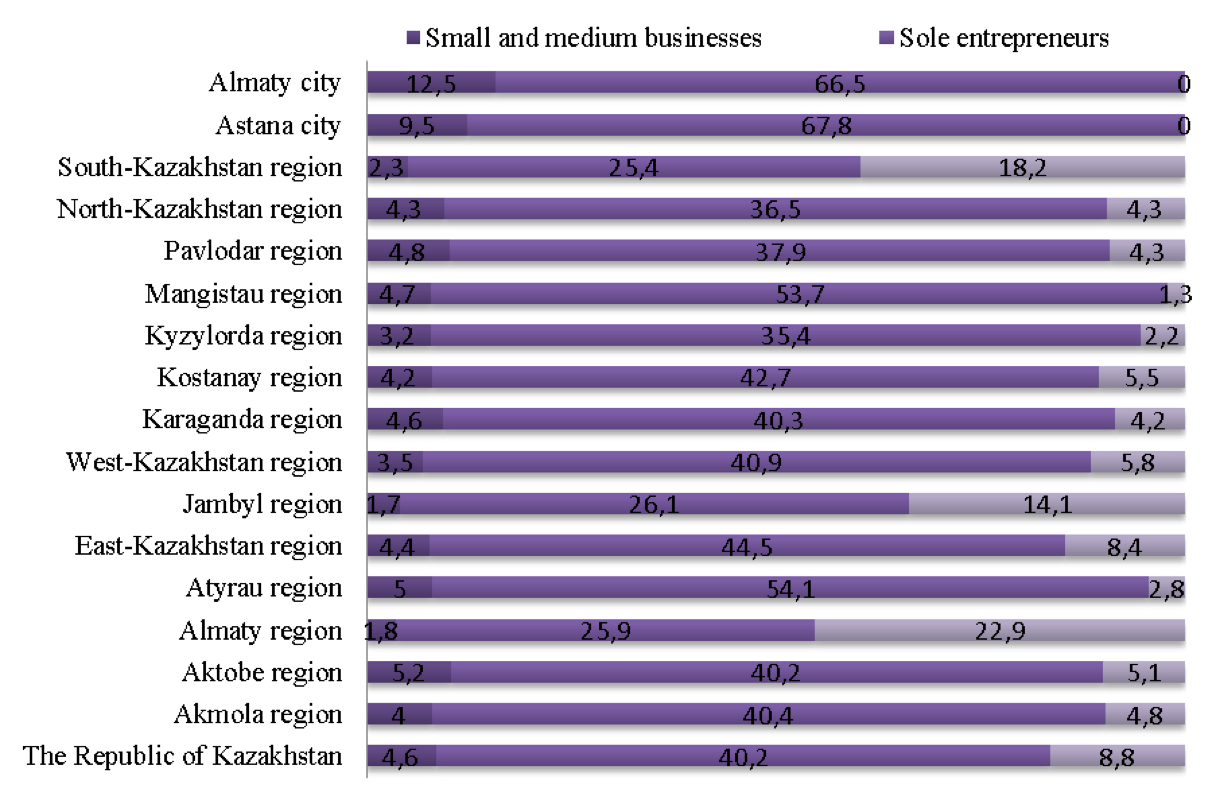
Figure 4. Number of active SMB subjects per 1,000
inhabitants by Kazakhstan’s regions in 2015
The highest number of SMBs per 1,000 inhabitants is noted in the cities of Almaty (12.5 enterprises per 1,000 inhabitants) and Astana (9.5). Zhambyl and Almaty regions have the worst positions – 1.7 and 1.8 active small and medium enterprises, respectively.
The leading regions in terms of peasant farms are Almaty and South Kazakhstan – 22.9 and 18.2, respectively. In recent years, there has been an increase in these indicators for the Zhambyl region – 14.1 operating peasant farms per 1,000 inhabitants. Mangistau (1.3) and Kyzylorda (2.2) regions fall behind this indicator, while the average for the country is 8.8 operating peasant farms per 1,000 inhabitants.
Analyzing the data presented in Figure 5, one should note that the output of SMBs in the Kostanay region in 2014 was 2.4 billion USD, and in 2015 it increased by 0.3 billion USD and amounted to 2.7 billion USD. In 2016, due to the negative impact of the crisis as well as the appearance of cheaper goods from the near abroad, this indicator decreased by 1.3 billion USD and amounted to 1.4 billion USD. The volume index was 93.1%, including in small businesses – 638.7 million USD, or 44% less compared with 2015. Despite the negative trend noted in the Kostanay region, it is necessary to note some reasons and positive aspects of this situation.
One of the main reasons for such a decline in production volumes is the negative impact of the crisis as well as an ever-increasing flow of goods coming from the countries of the Eurasian Economic Union (EAEU). Speaking about the positive qualities of this indicator of SMB, one should note that the above-mentioned flow of goods from neighboring countries affected the quality and prices of domestic goods, as Kazakhstan's producers have to rapidly diversify production and reduce the inflated prices in order to catch up with larger commodity producers of the EAEU countries.
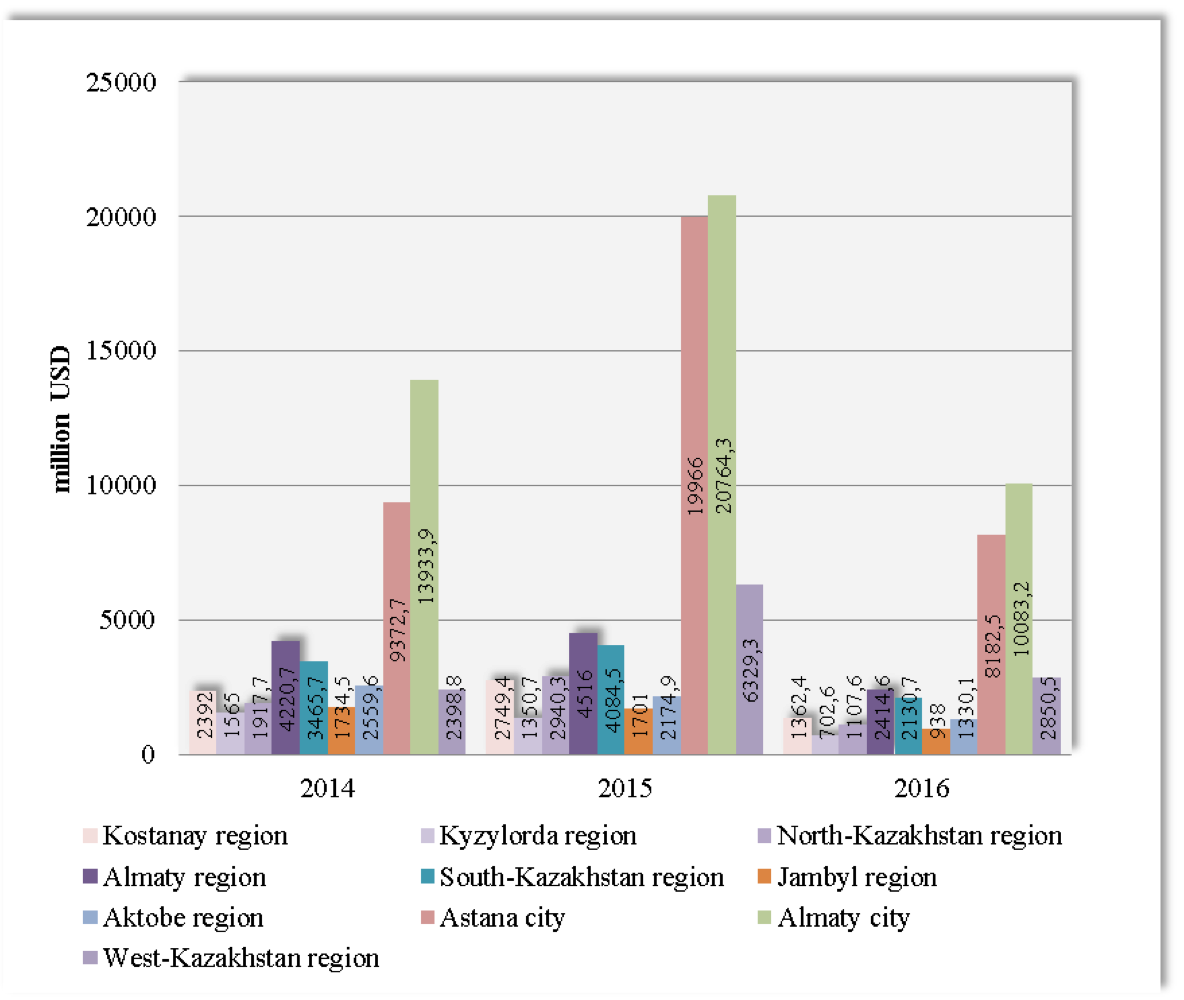
Figure 5. Changes in the output volume of SMBs
However, this tendency cannot be seen in the regions that are considered the leaders in terms of output indicators. In the cities of Almaty and Astana, the turning point was in 2016, when there was a significant decline in output: in the city of Astana – by 2.4 billion USD and Almaty – by 963.1 million USD. At the same time, it is necessary to note the volume of production in the West-Kazakhstan region, increased by more than three times in 2015 compared to 2014 and amounted to 6.3 billion USD, and in 2016 – to 2.9 billion USD.
The lowest output indicator belongs to the Kyzylorda region, where it amounted to 702.6 million USD in 2016.
A number of measures to transform and develop the country's economy, especially through diversification, ensured Kazakhstan's entry into the list of the world's 50 most competitive countries (data from The Strategy "Kazakhstan 2050"). During the years of independence, Kazakhstan experienced two modernizations, which were aimed at stabilizing all sectors of the economy. Currently, the diversification of the regional economy is carried out at the expense of the National Plan (2015) – 100 concrete steps to implement the five institutional reforms of the Head of State.
Agriculture, manufacturing industry, wholesale and retail trade as well as attracting investments in fixed assets have become the main indicative sectors of Kazakhstan's economy.
Despite the impact of the global crisis, industrial enterprises of the Kostanay region increased production volumes in 2016. In the analyzed period, the volume index of all types of products amounted to 100.3%. The volume index of the manufacturing industry was 100.84%, where food production and car production proved to be breakthrough.
In food production, there is an increase in the following areas: confectionery production increased by 60%, milk production – by 33.3%, meat production – by 37.2%, flour production – by 17.9%, sausage production – by 11.8%.
The development of the economic sectors of the Kostanay region in recent years has been facilitated by an increase in the number of small businesses and sole entrepreneurs (Figure 6).
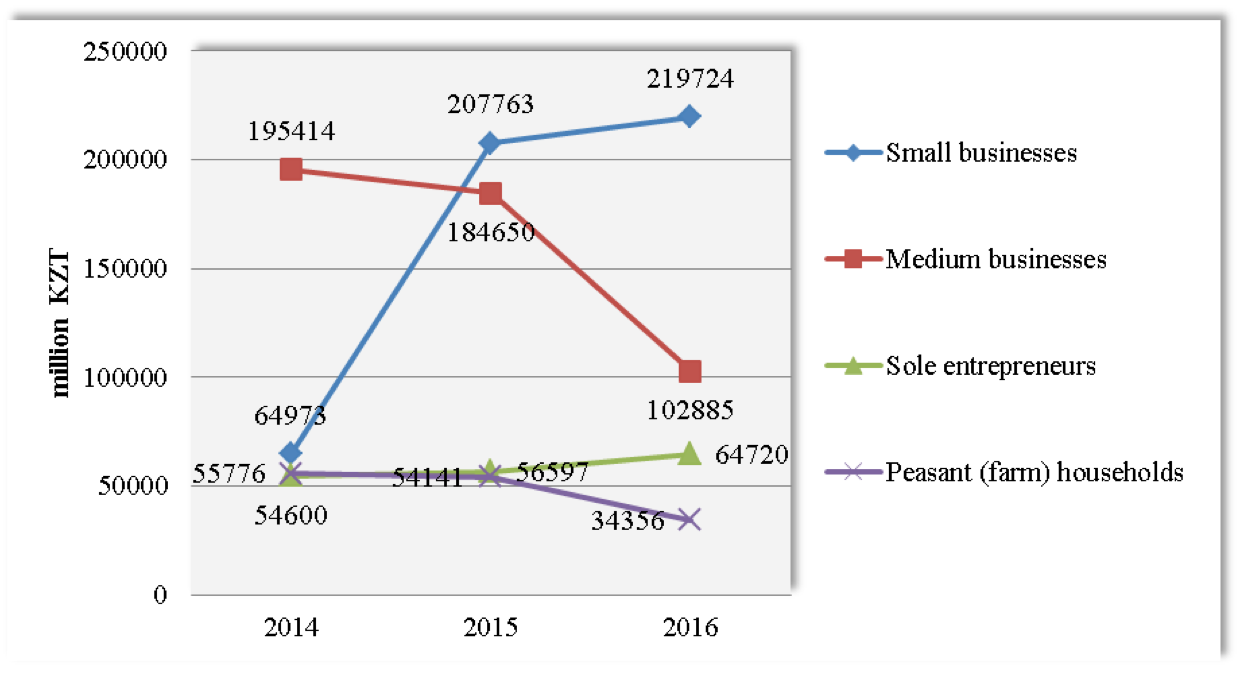
Figure 6. Dynamics of the output volume of SMBs in the Kostanay region
An increase in the stability and competitiveness of all sectors of Kazakhstan’s economy is achieved through the State Program of Industrial-Innovative Development of the Republic of Kazakhstan (Makhnitskaya & Shalbolova, 2012). The realization of this program allowed the implementation of 84 projects with total investments amounting to 363.4 million USD. 5 thousand jobs were created. Over the years of the program implementation, the total value of products amounted to 1.034 billion USD, almost a third was produced in 2016 (data from The State Program of Industrial-Innovative Development).
This program allowed the production process in the Kostanay region to reach a qualitatively new level, and helped to create a number of enterprises, which make a significant contribution to the total volume of production. For example, the share of new enterprises in the total share of the processing industry in the region increased to 52.7%.
To date, 7 projects worth 25.9 million USD have been implemented in the region with the help of the Business Support Card. It is planned to introduce another 12 projects with a total investment volume of 943.3 million USD, of which three projects should be put into operation in 2017 (data from The official online resource of the Akimat of Kostanay region).
In addition to the above activities, in 2017, two plants for sunflower oil production are planned to be built in the region with total investments amounting to 98.8 million USD.
As for the modernization of enterprises, one could note the launch of a new biscuit shop of the well-known confectionery factory JSC “Bayan Sulu” throughout the country, which enabled the company to become a laureate in the nomination "Best Goods for the Population" following the results of the contest "Altyn Sapa".
In the Kostanay region, machine building is also developing: there was an increase in the production of trucks (44.1%) and grain harvesters (39.1%).
Kostanay LLP "SaryarkaAvtoProm" currently produces 50 models of cars of such brands as SsangYong, Peugeot, IVECO and others. In 2016 this company produced 12 electric cars for the first time.
To achieve greater localization and access to exports in the city of Kostanay, the construction of an industrial zone has begun, where plants for the production of component vehicles will be located. In 2017, LLP “SaryarkaAvtoProm” will start the production of Ankai passenger buses, JAC electric cars as well as cars and trucks produced jointly with the Uzbek enterprise UzAvto.
The analysis of the mining industry in the Kostanay region showed that the volume index increased by 27.2% and amounted to 91.5%. Positive dynamics was ensured by a two times increase in the export of iron pellets produced by JSC “SSGPO” to China. In addition to the above, the production of copper ore increased by 9.6%, asbestos – by 7.1%, bauxite – by 2.6%, and pellets – by 3.1%.
The development of agriculture in the Kostanay region has positive dynamics. In 2016 the gross output of agricultural products increased by 2.3% and amounted to more than 930.2 million USD. During 2016, agricultural enterprises purchased 1,145 units of various agricultural machinery worth 63.9 million USD.
In 2016, the share of agricultural exports in the Kostanay region increased 1.5 times. 860 thousand tons of flour and 1.4 million tons of grain were exported, which in the republican export constituted 30% and 25%, respectively.
Strengthening the production sector of agriculture in the region allowed an increase in the production of milk by 1.2% and eggs by 1.3%. In addition, the number of livestock has increased, and today it is 45% of the total livestock.
The implementation of livestock development programs makes it possible to develop this area of agriculture. For example, the "Sybaga" program provided for the purchase of 2,332 livestock heads, which is 17% higher than planned, the "Kulan" program – 1,024 livestock heads, which is 2% higher than planned, the "Altyn-Asyk" program – 3,550 livestock heads, which is 42% higher than planned, the "Yrys" program – 70 livestock heads, which is 40% higher than planned. The implementation of the above programs allowed an increase in the volume of meat exports by 2.3 times and made it possible to bring it to 1.4 thousand tons.
By the end of 2017, 683 family fattening sites, 17 production cooperatives, 17 food shops, and 6 milk receiving stations will be established in the region. To implement these projects, the budget will allocate 5.8 million USD. Currently, the volume of subsidies in agriculture is planned to increase by 30%, i.е. the budget includes 30 billion KZT of subsidies.
In 2016, the total volume of investments in the fixed assets of all sectors of the economy of the Kostanay region increased by 5.9%, and amounted to 520.3 million USD.
The positive dynamics of the development of public-private partnership (PPP), one of the best mechanisms for attracting investments, is observed in the region. This type of cooperation between the state and business is defined by the President of the Republic of Kazakhstan as the fourth priority of the country's modernization (Program for the Development of Public-Private Partnership in the Republic of Kazakhstan for 2011-2015, 2010).
54 PPP projects have been identified in the region, the investment amount of which will be about 58.1 million USD. These projects are planned for healthcare, education, housing and utility sector, tourism, culture and sports.
To establish interregional relations and attract foreign investments, representatives of the Kostanay region visited the PRC, Iran, UAE, and took part in the 13th Forum of Interregional Cooperation of Kazakhstan and Russia with the participation of the Heads of States. Currently, the region carries out foreign economic cooperation with more than 70 countries, and in 2016 the region’s foreign trade turnover amounted to 1.5 billion USD (exports – 779.6 million USD, imports – 685.7 million USD).
For the development of the regional economy, it is important to support and develop small and medium businesses. In the Kostanay region there are 53,200 small and medium business entities, employing 153,200 people. In 2016, these enterprises made production in the amount of 1.062 billion USD.
The development of small and medium businesses is facilitated by the implementation of the Business Road Map 2020 program (2015), to which 6.7 million USD were allocated in 2016. With the help of this program, 181 projects received subsidies and 3,436 entrepreneurs received non-financial support.
The implementation of the projects made it possible to save 8,600 jobs and create more than 1,000 new jobs as well as brought 14.2 million USD to the budget as tax deductions.
The experience of countries with developed market economies as well as some Eastern European countries with economies in transition shows that the development of SMBs contributes to a number of important tasks for the country's ongoing social and economic development, such as:
It is these ultimate goals that were initially set when developing a state approach to supporting the development of small business in Kazakhstan.
However, currently, as shown by the analysis, small and medium business has been developed to the maximum extent allowed by the modern structure of Kazakhstan’s economy and other economic realities formed as a result of reforms. Its rise to a higher level can be further achieved only through fundamental socio-economic changes and the replacement of the very paradigm of the country's development.
The task of developing and diversifying small and medium business sectors should remain one of the priorities of the state's economic policy, and its solution is impossible without other directions of economic reforms and the coordination of efforts of the republican, regional and local executive bodies.
Bogomolova, I.P. & Kolesova, E.Yu. (2007). Scientific aspects of diversification as an effective tool for enterprise development. Moscow: INFRA-M.
Dobryanskaya, N.A. & Popovich, V.V. (2013). Production diversification as a factor in the development of the regional food market. Young Scientist, 8(55), 188-190.
Ivashchenko, N.P. (2017). Basics of entrepreneurship. Moscow: Prospekt.
Kayshanova, A.Zh. (2008). Conditions and prerequisites for the development of production diversification processes in the industry. The Eurasian Community: Society, Politics, Culture, 4(64), 17-19.
Makhnitskaya, E.I. & Shalbolova, U.Z. (2012). Regional model of investment innovative processes development. Actual Problems of Economics, 7, 414-426.
On approval of the Program for the Development of Public-Private Partnership in the Republic of Kazakhstan for 2011-2015 and Introduction of an Addendum to the Decree of the Government of the Republic of Kazakhstan dated April 14, 2010 No. 302 (2010). Resolution of the Government of the Republic of Kazakhstan dated June 29, No. 731. Retrieved from: http://adilet.zan.kz/eng/docs/
Shalbolova, U.Z., Makhnitskaya E.I. & Yelpanova, M.A. (2012). Modeling the innovations diffusion on the macro level. Actual Problems of Economics, 4, 456-467.
The main socio-economic indicators of the Republic of Kazakhstan. Official website of the Ministry of National Economy of the Republic of Kazakhstan. Committee on Statistics. Retrieved from: http://www.stat.gov.kz/faces/homePage/homeDinamika.pokazateli
The National Plan – 100 concrete steps to implement the five institutional reforms of the Head of State Nursultan Nazarbayev (2015). Retrieved from: https://online.zakon.kz/Document/.
The official online resource of the Akimat of Kostanay region. Retrieved from: http://kostanay.gov.kz/
The State Program of Industrial-Innovative Development. The official website of the President of the Republic of Kazakhstan. Retrieved from: http://www.akorda.kz/en/official_documents/strategies_and_programs
The Strategy "Kazakhstan 2050". The official website of the President of the Republic of Kazakhstan. Retrieved from: http://www.akorda.kz/en/official_documents/strategies_and_programs
The unified program of business support and development "Business Road Map 2020". (2015). The official website of the National Managing Holding "Baiterek". Retrieved from: http://www.baiterek.gov.kz/ru/activities/state-programs/business-road-map-2020/
The website of JSC "Entrepreneurship Development Fund "DAMU". Retrieved from: http://www.fund-damu.kz
The website of Public Institution “Economy and Budget Planning Administration of the Akimat of Kostanay region”. Retrieved from: http://econom.kostanay.gov.kz
The website of the State Revenue Committee of the Ministry of Finance of the Republic of Kazakhstan. The official website of the Tax Committee of the Ministry of the Republic of Kazakhstan. Retrieved from: http://www.salyk.kz
Ziyadin, S.T. (2014). Some problems of small business development in Kazakhstan. Money and Credit, 6, 72-74.
1. L.N. Gumilyov Eurasian National University, Department of Economics, Astana, Kazakhstan.
2. L.N. Gumilyov Eurasian National University, Department of Economics, Astana, Kazakhstan.
3. Korkyt Ata Kyzylorda State University, Kyzylorda, Kazakhstan.